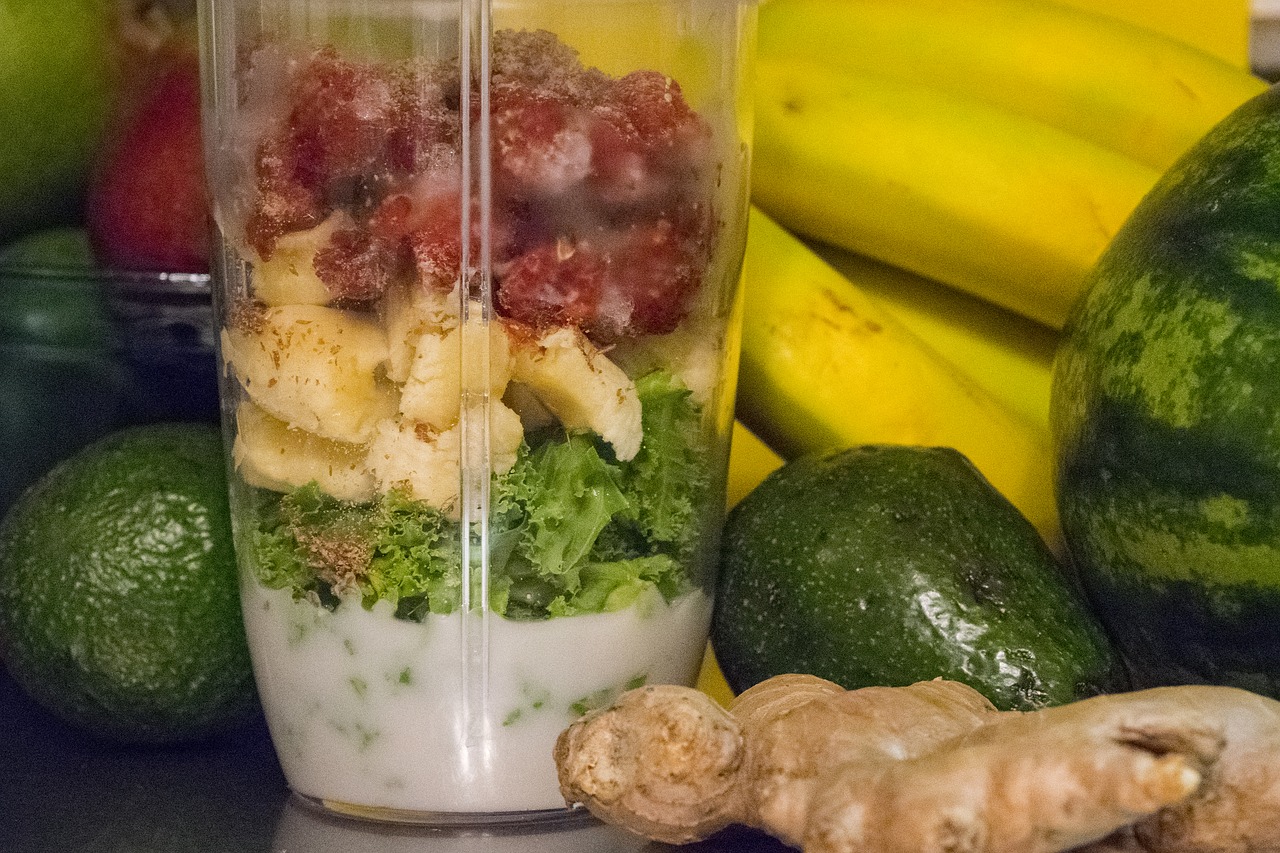
Juicing has surged in popularity as a convenient way to consume a variety of fruits and vegetables. Whether you’re new to juicing or a seasoned enthusiast, there are always questions that arise. This article compiles the top frequently asked questions (FAQs) about juicing to help you maximize the benefits and avoid common pitfalls.
1. What are the health benefits of juicing?
Juicing is celebrated for its ability to deliver a concentrated dose of vitamins, minerals, and antioxidants. By extracting the juice from fruits and vegetables, you can consume a high volume of nutrients in a single serving. This can lead to improved digestion, increased energy levels, better skin health, and a stronger immune system. Juicing also makes it easier to consume a wider variety of produce, contributing to a more balanced diet.
2. How does juicing compare to eating whole fruits and vegetables?
While juicing provides a convenient way to intake nutrients, it does have its differences from consuming whole produce. Juicing removes the fiber, which is essential for digestive health and maintaining a sense of fullness. Fiber also slows down the absorption of sugar into the bloodstream, which is why eating whole fruits and vegetables is preferable for blood sugar management. To get the best of both worlds, some people opt to combine juicing with eating whole produce or choose to blend their fruits and vegetables to retain the fiber.
3. Can juicing help with weight loss?
Juicing can be a useful tool for weight loss, but it’s not a magic solution. Because juices can be low in calories and high in nutrients, they can help create a calorie deficit while still nourishing the body. However, relying solely on juices for weight loss can lead to muscle loss and nutritional deficiencies. It’s important to integrate juicing into a balanced diet rather than using it as a sole method for weight loss.
4. What is the best juicer to buy?
The best juicer depends on your needs and preferences. There are two main types of juicers: centrifugal and masticating. Centrifugal juicers are faster and more affordable, making them a good choice for beginners. They work by using a spinning blade to extract juice. Masticating juicers, also known as slow juicers, use an auger to crush fruits and vegetables, yielding more juice and preserving more nutrients. They are typically more expensive and take longer to use but are ideal for those who juice frequently and want higher quality juice.
5. How do I store fresh juice?
To maximize the nutritional value of fresh juice, it’s best to consume it immediately after juicing. If you need to store it, use an airtight container and refrigerate it. Fresh juice can typically be stored in the fridge for up to 24-48 hours. To further preserve its quality, fill the container to the top to minimize air exposure and consider using dark-colored bottles to protect it from light.
6. Are there any risks associated with juicing?
While juicing has many benefits, there are some potential risks. Consuming large quantities of juice, especially fruit juice, can lead to excessive sugar intake, which can affect blood sugar levels and contribute to weight gain. Additionally, juicing can be expensive and time-consuming. It’s also important to be cautious with certain vegetables like kale and spinach, which can be high in oxalates and may contribute to kidney stones if consumed in large amounts.
7. Can I juice every fruit and vegetable?
Most fruits and vegetables can be juiced, but some are better suited than others. Hard vegetables like carrots and beets, and water-rich fruits like cucumbers and melons, juice well. However, some fruits like bananas and avocados are too thick and creamy to juice effectively. Leafy greens can be juiced, but they may require a masticating juicer for better yield. It’s also important to be cautious with citrus peels, which can be bitter and may contain oils that can be hard on the digestive system.
8. How can I reduce the cost of juicing?
Juicing can be expensive, but there are ways to keep costs down. Buying fruits and vegetables in season or from local farmers’ markets can reduce costs. Consider growing your own produce if possible. Additionally, look for sales and bulk discounts at grocery stores. Incorporating more cost-effective ingredients like carrots, apples, and celery can also help. Lastly, using the pulp in recipes like soups or muffins can reduce waste and make the most out of your produce.
Juicing can be a delicious and efficient way to boost your nutrient intake, but it’s important to approach it with knowledge and balance. By understanding the benefits and limitations, you can make juicing a healthy part of your lifestyle. Whether you’re juicing for health, weight loss, or simply for enjoyment, these FAQs should help you get the most out of your juicing journey.
For those looking to explore more about juicing, always consider variety and moderation. Happy juicing!





